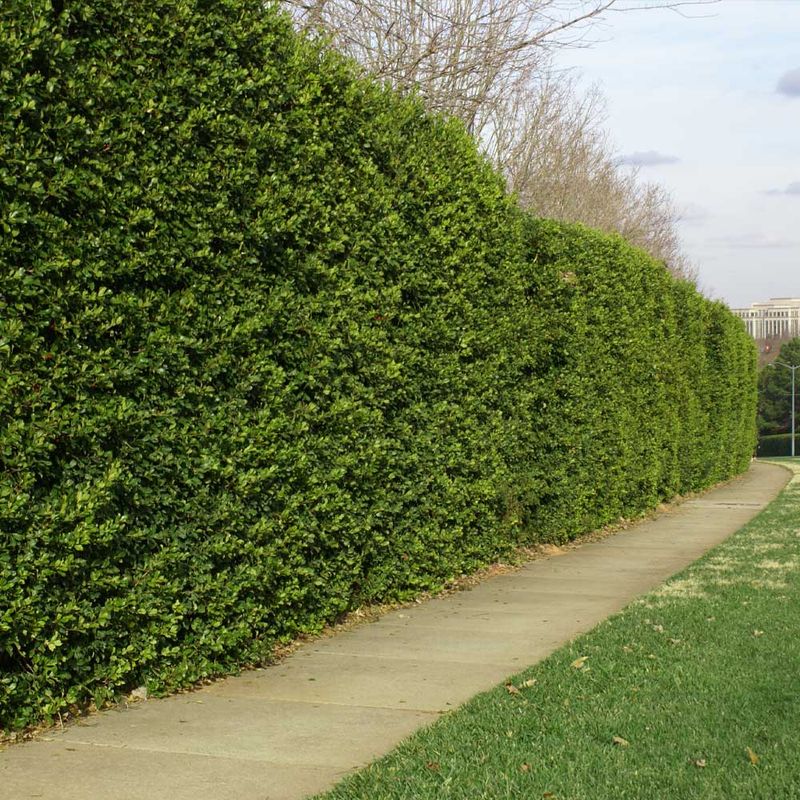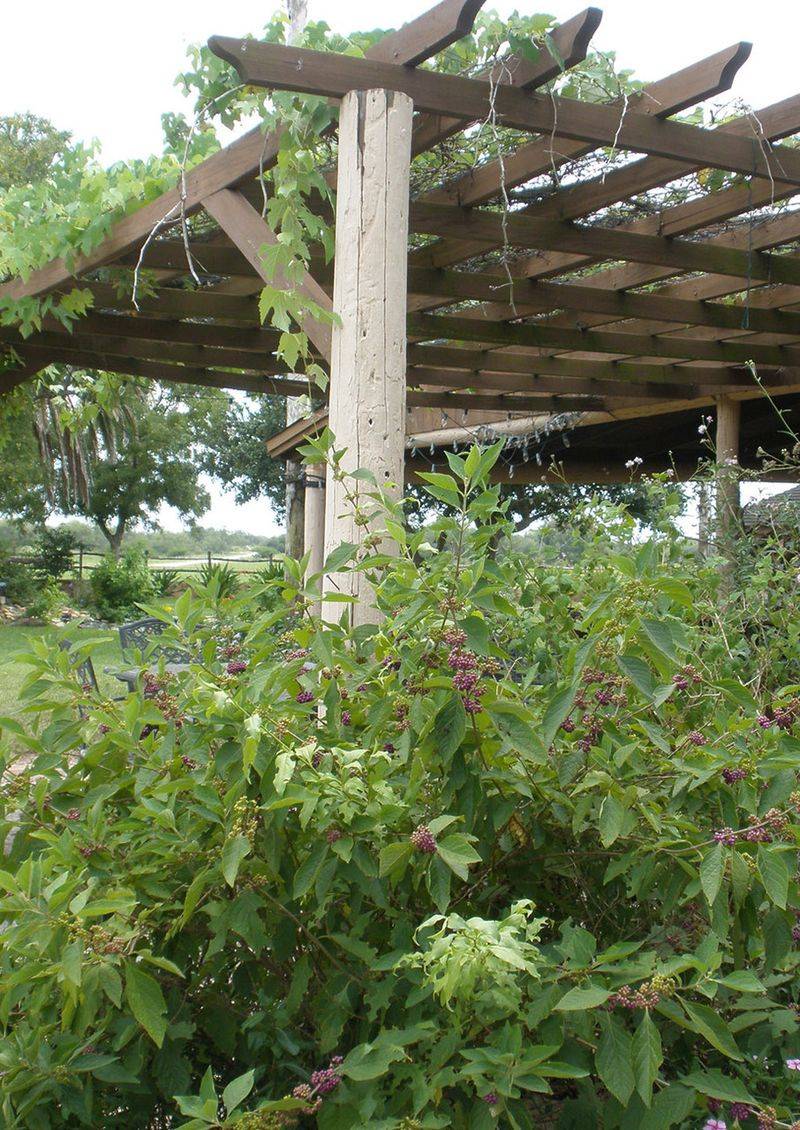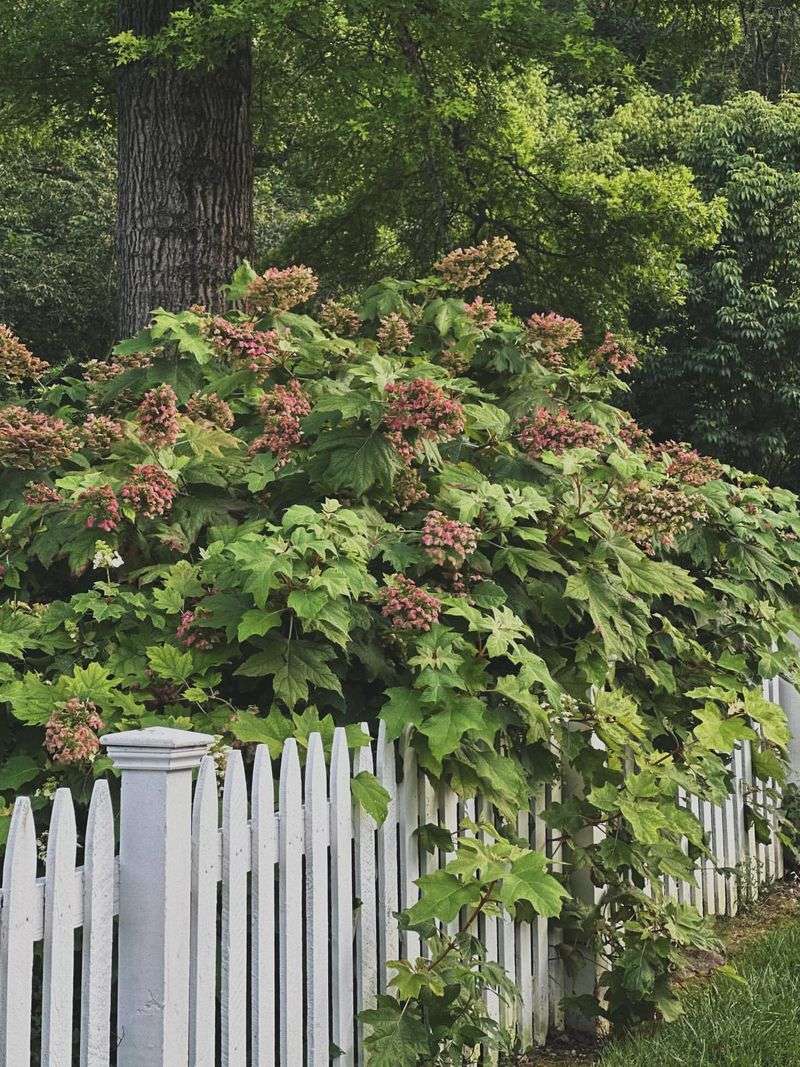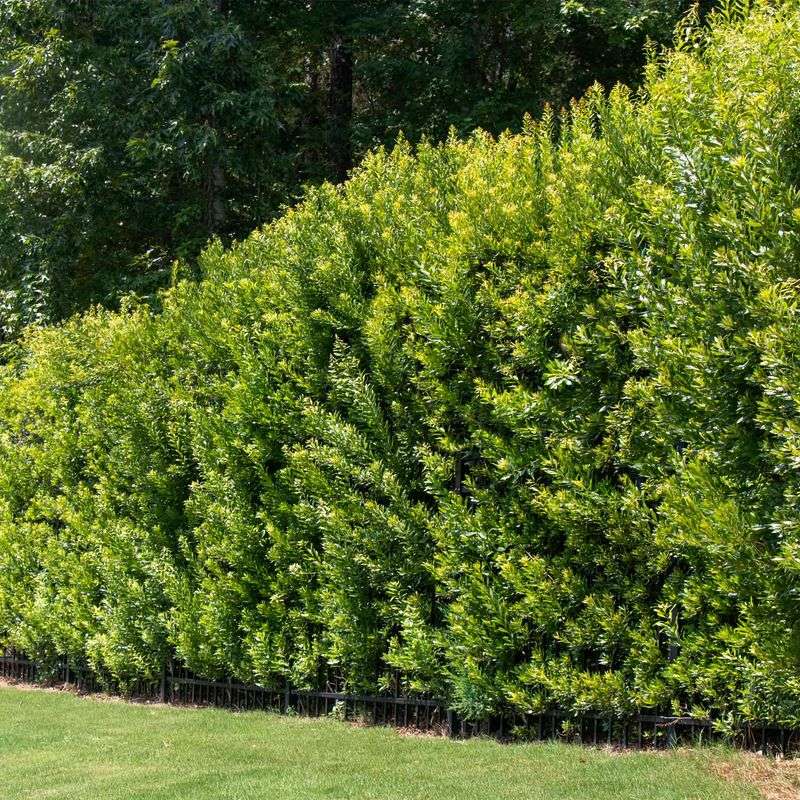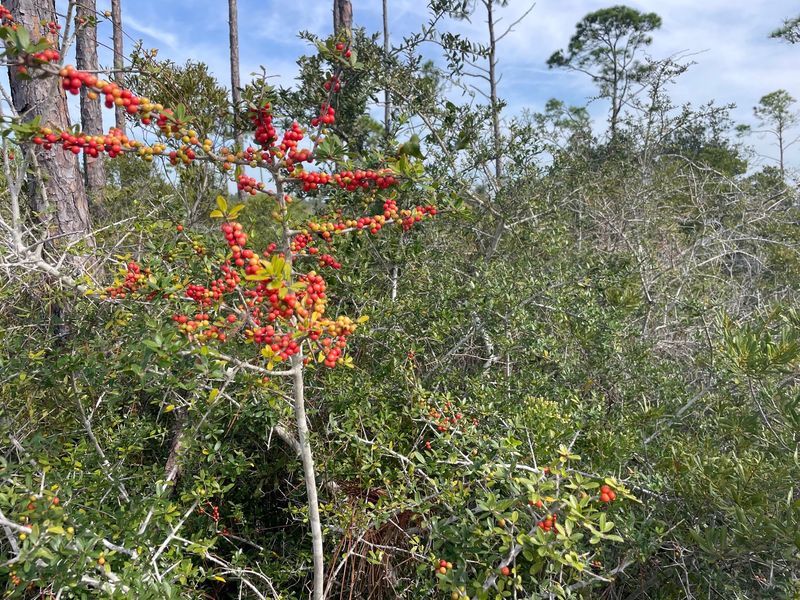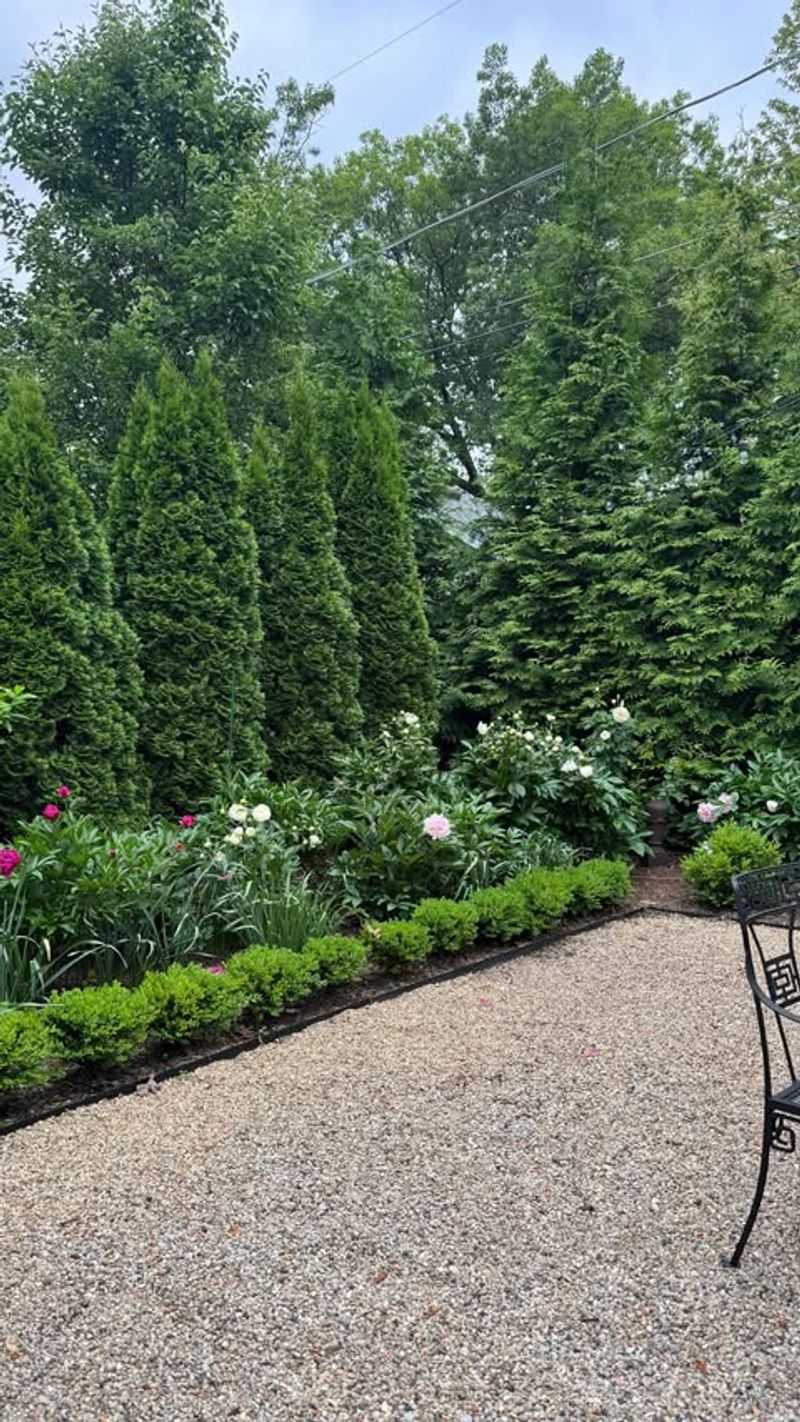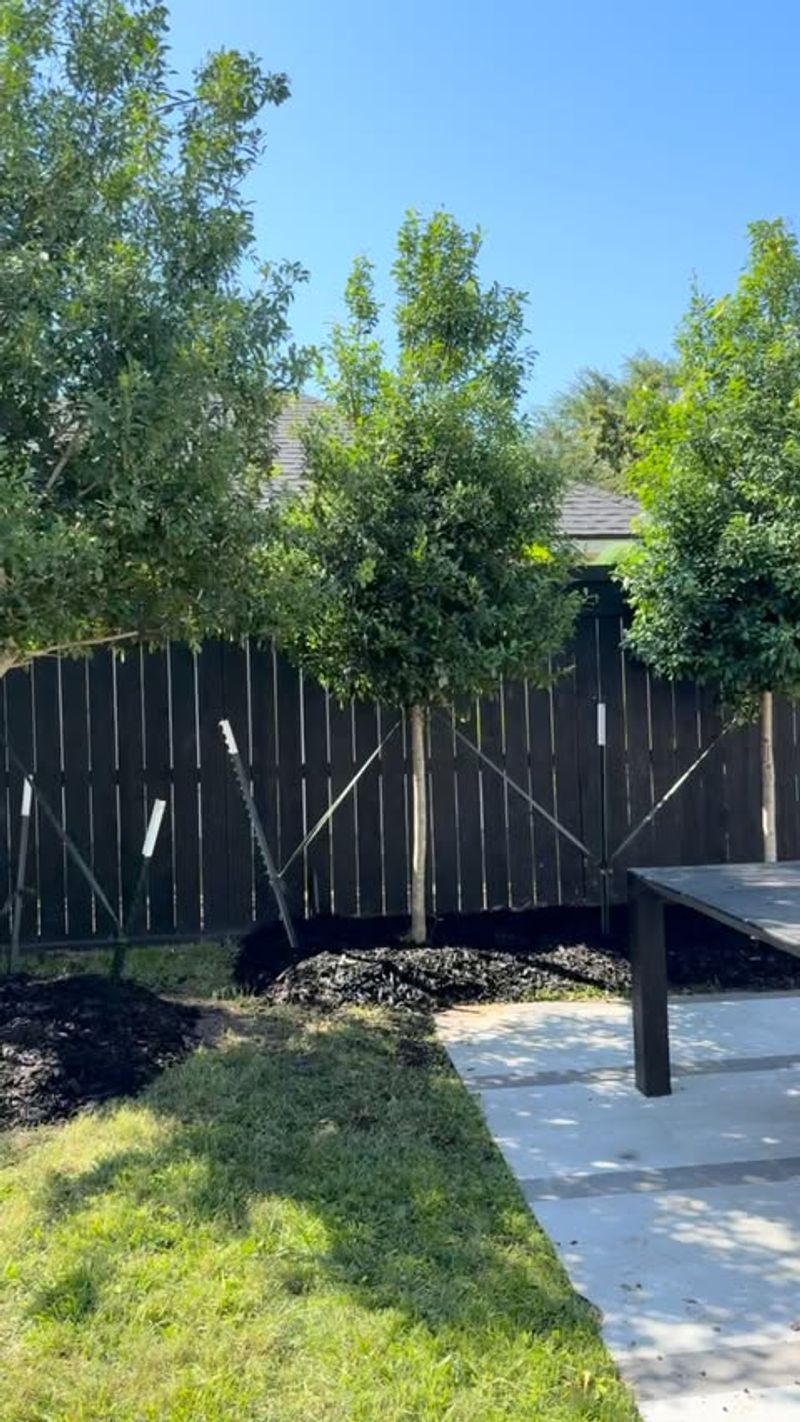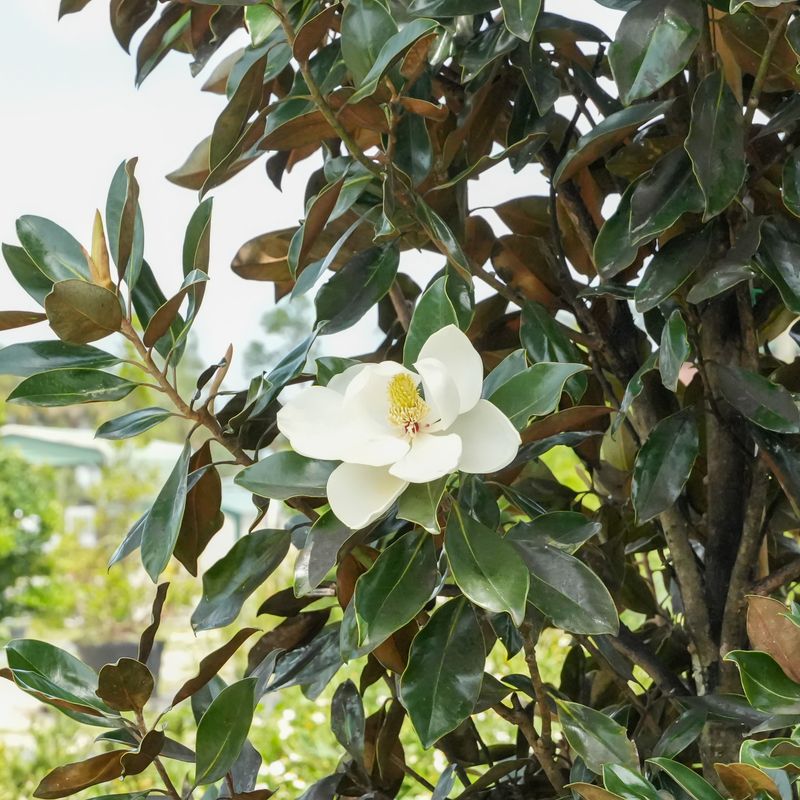Nashville homeowners are embracing living fences this fall as a stylish, natural way to boost privacy. Made from thoughtfully chosen shrubs and trees, these green barriers do more than block views—they enhance the landscape. It’s privacy with personality.
Unlike traditional fences, living ones shift with the seasons, offering color, texture, and movement year-round. As Tennessee transitions from crisp autumn to winter, these plantings stay vibrant and full of life.
They’re functional and beautiful. I’ve seen yards transformed by these leafy borders. They soften hard edges, invite wildlife, and grow more charming with time—making them a smart, soulful choice for Nashville gardens.
1. Natural Sound Barriers Block Road Noise
Dense evergreen hedges like American Holly or Eastern Red Cedar create effective sound buffers against Nashville’s increasing traffic noise. Many local neighborhoods near busy thoroughfares benefit tremendously from these natural noise reducers.
The multi-layered structure of living fences absorbs sound waves better than solid fences, which often just reflect noise. I’ve noticed my own Nashville garden became noticeably quieter after planting a row of hollies along the street side.
For maximum sound reduction, consider planting in two staggered rows. This approach creates more depth and improves the fence’s ability to muffle those morning commuter sounds that echo through many Nashville suburbs.
2. Wildlife Habitat Creates Backyard Sanctuaries
Living fences transform ordinary Nashville yards into thriving ecosystems. Birds nest in the branches while small mammals find shelter among the roots and lower foliage, creating your own mini wildlife preserve.
Native options like Virginia Sweetspire or American Beautyberry offer both privacy and food sources for local fauna. The berries that appear in fall provide nourishment when other food becomes scarce around Nashville.
Many homeowners report increased bird activity after installing living fences. The constant movement and cheerful songs add another layer of enjoyment to your outdoor space while contributing to local biodiversity in our growing urban areas.
3. Seasonal Color Changes Enhance Curb Appeal
Fall brings spectacular transformation to certain living fence varieties in Nashville’s climate. Burning Bush and Oakleaf Hydrangea deliver stunning autumn displays that static fencing simply cannot match.
The changing colors create visual interest that evolves throughout the season. What starts as a green privacy screen in September becomes a striking feature of red, orange, or purple by November – something I’ve admired in many Belle Meade neighborhoods.
Even after leaves drop, many shrubs retain architectural interest through winter. The strong branch patterns of deciduous varieties like Winterberry Holly continue to enhance your property’s appearance while maintaining basic privacy screening.
4. Wind Protection Shields Outdoor Living Spaces
Nashville’s fall brings unpredictable wind patterns that can disrupt outdoor gatherings. Strategic placement of living fences creates protected zones where you can continue enjoying your patio or fire pit despite gusty conditions.
Evergreen options like Leyland Cypress grow quickly and maintain dense foliage year-round. Their flexible branches bend rather than break in Tennessee’s occasional strong winds, making them practical choices for local homeowners.
For smaller spaces, consider columnar junipers that provide vertical protection without spreading too wide. These narrow profiles work well in Nashville’s newer developments where lot sizes tend to be more compact but outdoor living remains a priority.
5. Property Line Definition Without Harsh Barriers
Living fences establish boundaries while avoiding the stark appearance of traditional fencing. This softer approach maintains neighborly relationships while still clearly marking your property in Nashville’s community-oriented neighborhoods.
Mixed hedgerows using Southern Wax Myrtle and Cherry Laurel create natural-looking transitions between properties. When I moved to Nashville, my neighbor and I planted a shared border that benefited both our yards without the formality of a fence.
Unlike rigid structures that can feel divisive, plant barriers evolve and integrate with the landscape. They allow for a sense of openness while still providing the privacy that many Nashville residents seek as developments become increasingly dense.
6. Drought-Resistant Options Reduce Maintenance Needs
Nashville’s unpredictable rainfall patterns make water-wise landscaping increasingly important. Native shrubs like Eastern Red Cedar and Yaupon Holly thrive with minimal supplemental watering once established, perfect for busy homeowners.
These drought-tolerant options develop deep root systems that access groundwater even during dry spells. Walking through Centennial Park recently, I noticed how well the native plantings maintained their appearance despite weeks without significant rain.
Beyond water conservation, these hardy plants require less overall care than fussier varieties. Most need only occasional pruning to maintain their shape, making them practical choices for Nashville’s growing number of eco-conscious gardeners seeking low-maintenance solutions.
7. Increased Home Value Through Mature Landscaping
Real estate professionals across Nashville confirm that established landscaping significantly boosts property values. Living fences, particularly those featuring mature plants, can add thousands to a home’s market price in competitive areas like Green Hills or East Nashville.
The investment appreciates over time as plants grow and develop. Unlike traditional fencing that deteriorates, living barriers become more valuable as they mature – something many longtime Nashville homeowners have leveraged when selling.
Strategic placement around outdoor living areas or to frame desirable views enhances a property’s perceived value. Local realtors often highlight these features in listings, knowing that mature landscaping represents value that new construction simply cannot offer.
8. Temperature Moderation Around Outdoor Spaces
Living fences create microclimate effects that extend Nashville’s outdoor living season. Dense plantings block harsh winds while allowing beneficial air circulation, making fall gatherings more comfortable even as temperatures drop.
Evergreen varieties provide particular benefit during transitional seasons. The temperature difference can be several degrees warmer inside a plant-sheltered space – something I’ve experienced firsthand in my Nashville backyard where we enjoy outdoor dinners well into November.
Strategic placement on northern sides protects against cold while southern exposures can be designed with deciduous plants that allow warming winter sun. This thoughtful approach to living fences helps Nashville homeowners maximize their outdoor enjoyment throughout Tennessee’s variable climate.
9. Natural Filtering Of Urban Pollutants
As Nashville continues its rapid growth, air quality concerns follow. Living fences act as natural air filters, trapping dust and pollutants from nearby construction, traffic, and other urban activities that have become increasingly common across Davidson County.
Broadleaf evergreens like Southern Magnolia and Cherry Laurel excel at capturing particulate matter on their waxy leaves. The difference is noticeable – properties with established living barriers often have cleaner outdoor surfaces and require less frequent exterior cleaning.
Beyond air filtration, these plants absorb carbon dioxide and release oxygen, contributing to healthier home environments. For Nashville families with respiratory concerns, this natural purification system offers benefits that conventional fencing simply cannot provide.


